Graphics Programs Reference
In-Depth Information
Minimum filter
Filters > Other > Minimum
The Minimum filter, as one of the Other
group of filters, grows or bleeds the darker
areas of the picture whilst at the same time
reducing the size of the lighter toned parts.
In making these changes, the filter analyzes
the brightness of the pixels in a given area
(radius) and reduces the brightness to the
level of the darkest pixel in the area.
The filter contains a single slider control
that adjusts the radius or size of the area
used to determine the pixel brightness
value.
Mosaic filter
Filter > Pixelate > Mosaic
The Mosaic filter, as one of the Pixelate
group of filters, simulates the look of a
pixel-based picture that has been enlarged
greatly.
The photo is recreated in large single col-
ored blocks. The filter contains a single
slider control that adjusts the Cell Size or
'pixel' block size.
The higher the value entered here the larg-
er the blocks used to recreate the photo.
Mosaic Tile filter
Filter > Texture > Mosaic Tiles
The Mosaic Tile filter, as one of the Tex ture
group of filters, simulates the look of a pic-
ture that is constructed of small pieces of
broken tiles. True to the tile idea, each tile
is surrounded by an area of grout.
The filter contains three slider controls. The
Tile Size slider adjusts the size of each tile
fragment.
The Grout Width setting determines the
size of the grout in relationship to the tiles
and the Lighten Grout option controls the
brightness of the grout area.
Neon Glow filter
Filter > Artistic > Neon Glow
The Neon Glow filter colors the image with
foreground and background hues, adds a
glow color and then softens the image.
The Glow Size setting adjusts the position
of the glow in the tonal range of the pic-
ture. Low values place the glow in the shad-
ow areas, higher settings move the glow
to the highlights.
The Glow Brightness slider oscillates the
picture's tinting between foreground,
background and glow colors.
The Glow Color can be selected by double-
clicking (single-click) the color box and se-
lecting a new hue from the Color Picker
dialog. Changing the foreground and back-
ground colors greatly alters the nature of
the filtered results.
Note Paper filter
Filter > Sketch > Note Paper
The Note Paper filter redraws the photo
as textured light and dark tones based on
the current selection of fore- and back-
ground colors.
The Image Balance setting adjusts which
areas are toned the color of the fore-
ground or background hue. Low values
favor the background color swatch and
high settings color more of the picture
with the foreground color. The Graininess
slider determines the amount of grain in
the picture. The Relief slider adjusts the
strength of the side lighting falling. With
higher values the texture is more pro-
nounced. Changing the foreground and
background colors away from their de-
faults greatly alters the nature of the fil-
tered results.
Ocean Ripple filter
Filter > Distort > Ocean Ripple
The Ocean Ripple filter, as one of the Dis-
tort group of filters, applies a rippled dis-
tortion to the whole of the picture surface.
In this way it can create similar looking re-
sults to those obtained with the Glass or
Ripple filters.
The filter contains two slider controls.
The Ripple Size setting adjusts the scale of
the wave-like ripples that are added to the
pic ture. Low values create smaller, less dra-
matic ripples.
The Ripple Magnitude slider determines
how far each ripple is distorted. High set-
tings create a greater level of distortion in
the final result.

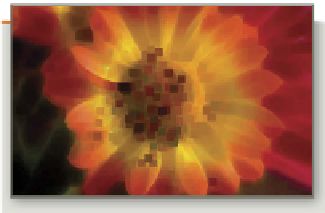







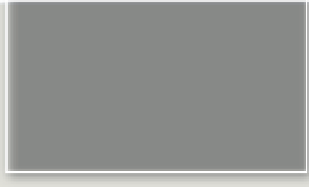





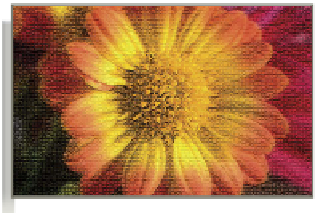

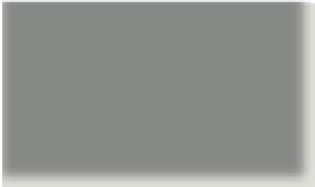


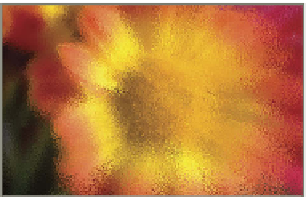















Search WWH ::

Custom Search